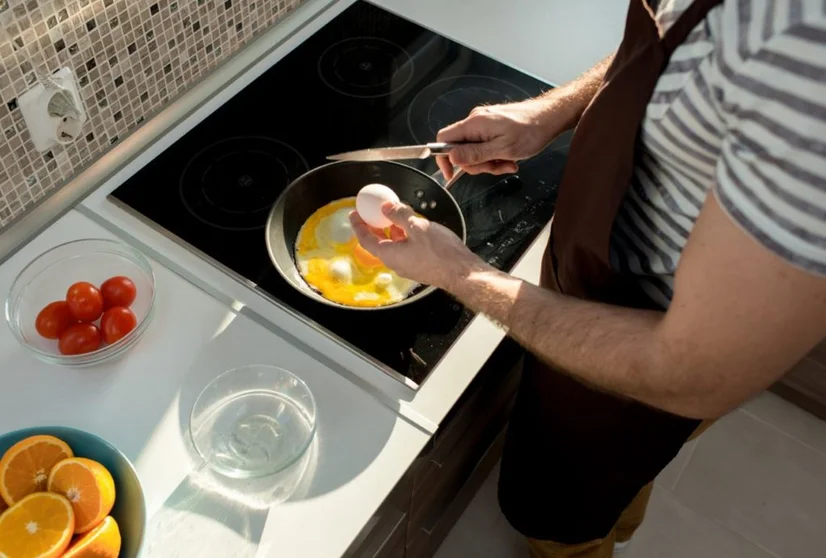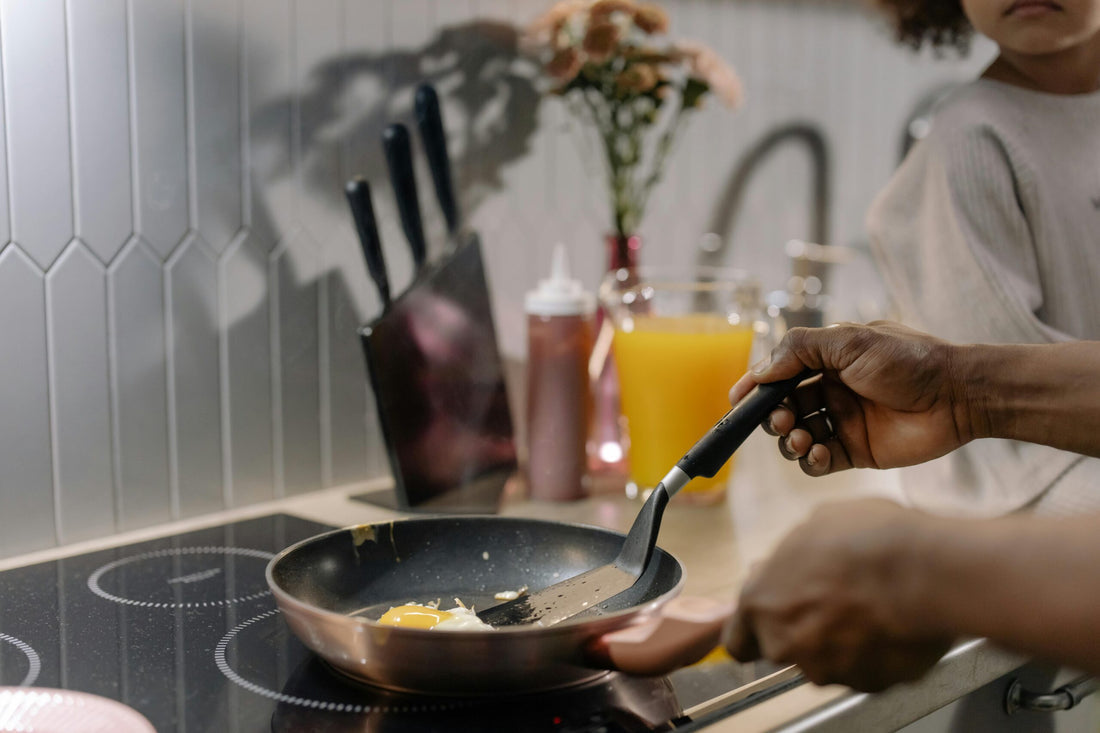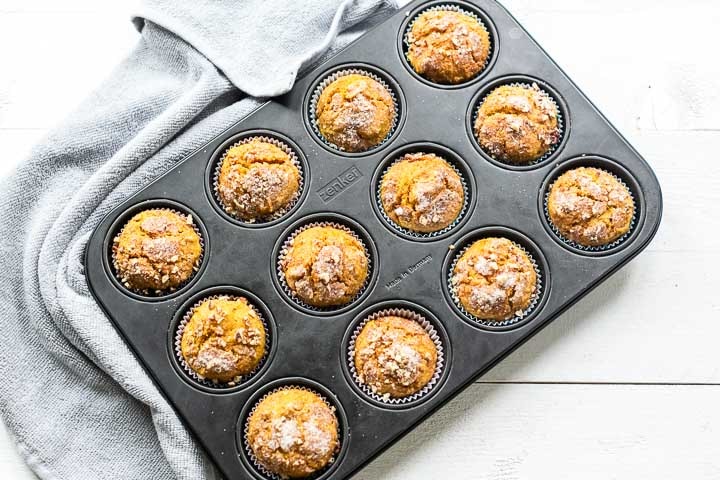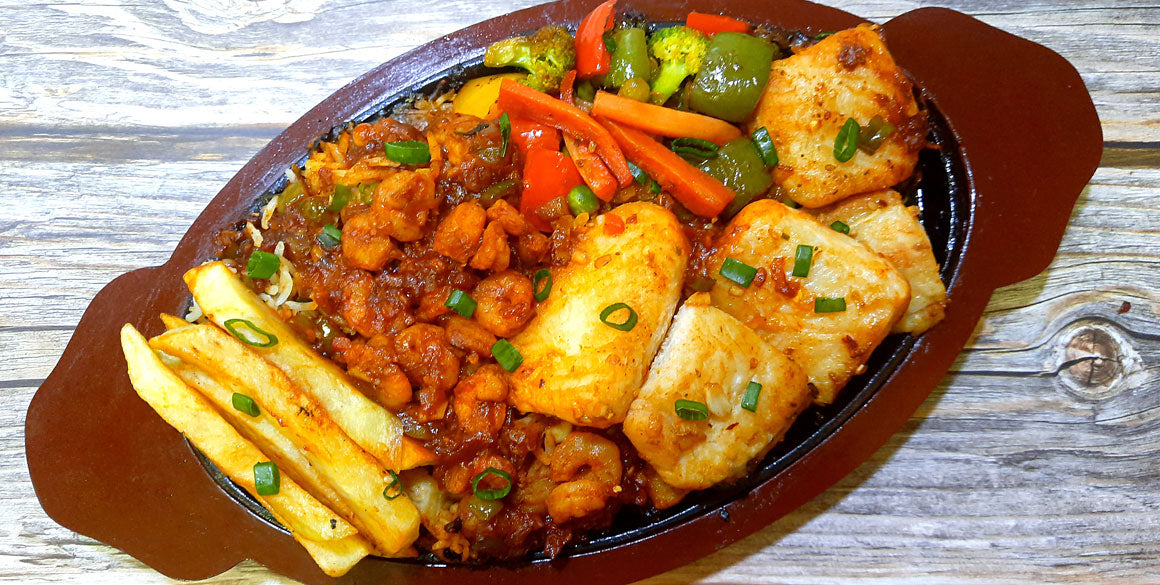For kitchen professionals and culinary enthusiasts alike, the quest for perfectly even cooking is never-ending. One of the most critical components in achieving this is the utilization of a cast iron base shape for stable heating. With its unique thermal properties and robustness, cast iron has long been a staple in the culinary world. However, not all cast iron cookware is created equal, and the shape of its base can significantly impact its performance.

Understanding the Importance of Base Shape
The base shape of cast iron cookware plays a pivotal role in how heat is distributed across the cooking surface. A well-designed base ensures that heat is spread evenly, preventing hot spots and ensuring that food is cooked consistently. This is particularly important for kitchen professionals who rely on precision and consistency in their culinary creations.
When examining the cast iron base shape for stable heating, it's essential to consider how the design impacts heat retention and distribution. A smooth, flat base is ideal for maximizing contact with the cooking surface, whether on a stovetop or an induction cooktop. This ensures that the heat is evenly transferred, minimizing the risk of burning or undercooking.
Why Cast Iron?
Cast iron is renowned for its ability to retain and distribute heat evenly. This characteristic makes it a preferred choice for searing, frying, and baking. The material's density allows it to maintain a stable temperature, which is crucial for achieving the perfect sear on a steak or evenly browned vegetables.
The cast iron base shape for stable heating is particularly significant when using induction cooktops, which require a magnetic base to function properly. A smooth and flat base ensures full contact with the cooktop, allowing for efficient heat transfer and stable cooking conditions.
Shapes and Their Impact
There are several common base shapes for cast iron cookware, each with its advantages and potential drawbacks:
Flat Base
A flat base is ideal for maximizing contact with the heat source, whether it's a gas burner or an induction cooktop. This shape ensures even heat distribution and is perfect for tasks that require steady, consistent heat.
Slightly Concave Base
Some cast iron cookware features a slightly concave base, which can help trap heat in the center of the pan. This design is beneficial for certain cooking techniques, such as wok-style stir-frying, where high, concentrated heat is desired.
Ribbed Base
Ribbed bases are commonly found in grill pans, providing distinctive grill marks and allowing fats to drain away from the food. While not ideal for all cooking tasks, this design is excellent for grilling and searing.
Maximizing Performance with Cast Iron
To get the most out of your cast iron base shape for stable heating, here are some tips:
- Always preheat your cast iron cookware. This ensures even heat distribution from the start.
- Use a high smoke point oil, which is ideal for the high temperatures often associated with cast iron cooking.
- Maintain your cookware by seasoning it regularly. This prevents sticking and enhances its non-stick properties.
Challenges and Considerations
Despite its advantages, cast iron cookware does come with a few challenges. Its weight can be cumbersome, requiring care when handling. Additionally, the material can be prone to rust if not properly maintained. However, these issues are minor when considering the benefits.
For kitchen professionals seeking reliable and consistent results, understanding the nuances of the cast iron base shape for stable heating is invaluable. By selecting the right shape for your cooking needs, you can elevate your culinary creations to new heights.
Conclusion
In conclusion, the cast iron base shape for stable heating is a critical factor in achieving the desired results in the kitchen. Whether you're a professional chef or a home cook, understanding the impact of base shape on heat distribution can make all the difference in your cooking endeavors. For more insights into using cast iron effectively, explore our sizzling cooking tips.

FAQs
Why is cast iron popular among chefs?
Cast iron is favored for its exceptional heat retention and even heat distribution, making it ideal for various cooking techniques.
Can I use cast iron on induction cooktops?
Yes, as long as the base is smooth and flat, cast iron is compatible with induction cooktops. For more details, visit using cast iron on induction.
How do I maintain my cast iron cookware?
Regular seasoning and proper cleaning are essential for maintaining the longevity and performance of cast iron cookware.






Leave a comment
This site is protected by hCaptcha and the hCaptcha Privacy Policy and Terms of Service apply.